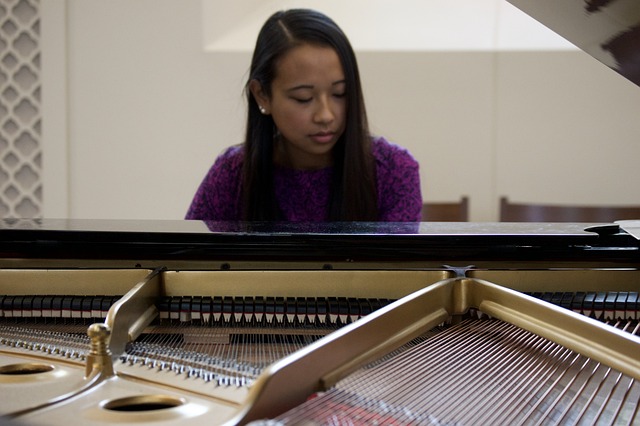I wish when I was younger that more detail was provided about practrice techniques. I’m positive that if I knew then what I know now my playing would be a far better player.
Sometimes it’s difficult to know how to practice. It’s all very well having notes from your teacher but what is the best way for you to practice. We’re all different. We have different views on how important piano is and we prioritise piano practice differently from other activities.

There are many different ways to think about approach to practice. Today I’d like to write about a few different tips that can make more of the time you have practicing.
Here are some ideas for you to think about.
Varying tempo
You don’t have to go solo
Performing regularly
Don’t rush
#1: Don’t always practice at the same tempo
In my last post I wrote about practricing at different tempi.
Don’t think that slow practice is only for new music. It’s also great for warming up your hands. I never used to warm up but over the years I’ve noticed I can play better about 10 to 15 minutes into my practice simply because my hands feel more supple.
Medium tempo practice is great, even if you can already play your piece. Taking that tempo down a little gives you a chance to develop more ideas. Focus on phrasing, articulation, dynamics and any technical areas that feel a tad risky.
#2: Don’t go solo – seek feedback
Piano can sometimes be a lonely instrument. I know too many people who just plod along with the attitude of “I can fix this myself”. There is a good chance that’s true however you can speed up progress by seeking feedback.
If you can, find a mentor. This could be a friend who already plays piano, a teacher who would be happy to provide occasional lessons or join a group of piano players.
Joining a group is easier than ever before with the rise of the internet. It doesn’t have to be a local group. You could have a group that does regular online sessions or just sending each other videos for feedback.

#3: Performing regularly
Often when people hear about performing they think of something official. A piano in the spotlight, chairs setup in rows for a paying audience and loads of pressure. This is more of an end goal of performing.
Think on a smaller scale. It could be your partner, family or other friends. If someone pops in for a cup of tea, play them a tune. If you’re at a friends house where there is a piano, have a play. An audience of one is good enough to start with.
Performing will help you find cracks in your music. Knowing where these problems are is a great way to plan what you practice on in your upcoming sessions.
#4: Don’t rush
All too often we convince ourselves that we have to play every piece of repertoire in one session or it’s not a success. That is ok if you’re working on a recital.
If you have one or two bars of music that aren’t as good as you’d like them, that’s what you should be working on. Who cares if that’s all you get done in your next practice session?
You’re better working on small sections than wasting time playing lots of music you can already play. Of course there are times when you want to sit down and play some wonderful music and that’s fine. However, make sure to spend more time on the rusty parts.
In Summary
Practicing comes in all shapes and sizes. Warm ups, technical exercises, easy/medium/challenging repertoire, performance practice bla bla bla.
The key is having goals and understanding what steps you need to take to reach them. Using tips like the ones above will help you develop at a more satisfying rate.
The more satisfied you are, the more momentum you gain and the more pleasure you’ll get from piano.
If you’re learning piano and would like some help I can provide the following.
The Lighter Touch is for people learning piano in their own time. I am available for support with video responses to your questions. Along with that, you would get access to a growing library of live support sessions and loads of free sheet music.

